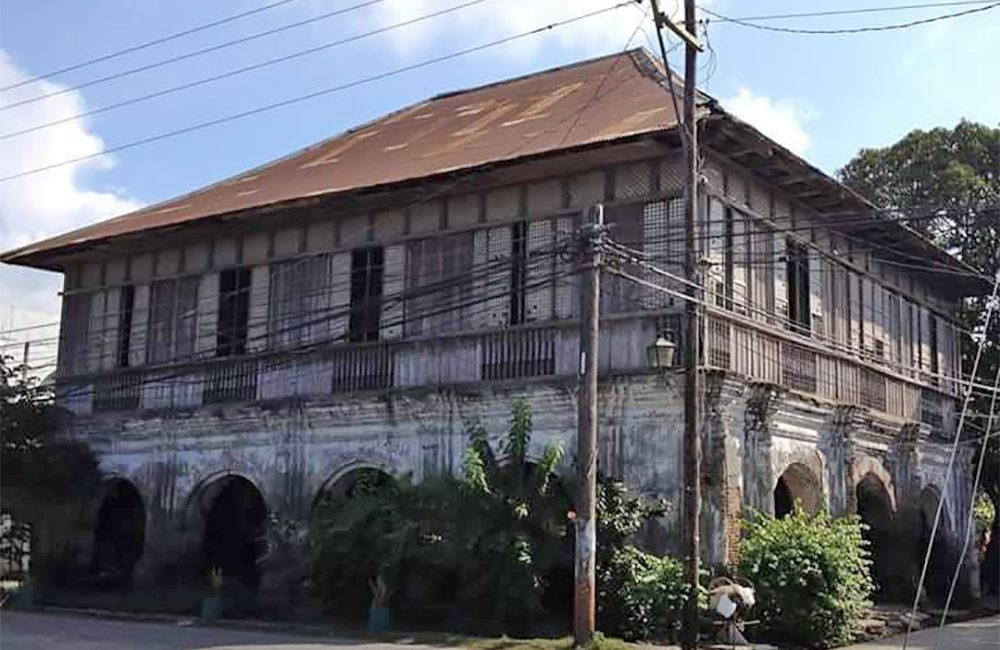SUMMARY
This is AI generated summarization, which may have errors. For context, always refer to the full article.

The Cariño ancestral house right in the heart of Candon City is one of Ilocandia’s best-kept secret. And this house has a lot of secrets to tell.
It was said to be as old as the San Juan de Sahagun Church which makes it, or a portion of it, more than 400 years old.
It was also said that Gabriela Silang and husband Diego Silang plotted their revolt against the Spaniards here.
This is a house that tries to keep its secret. The upper floor has an outer wall probably for servants to pass through and not interfere with the affiars of the people inside.
“My theory is that the house was built at the same time when the Candon church was built in 1591,” said Larry Cariño, a historian and one of the descendants of the house owners.
“There is physical evidence for this such as similar markings on both the roofings of the church and the old house. I’ve seen the large wooden timber trusses of both and I also surmise that the same kind of wood was used. This can be proven [or disproved] by lab tests. Also, the characteristic design of the house reflects a fortification rather than purely residential,” he said.
Larry and brother Richard worked out the papers for the house to be donated to the city and turned into a museum.
Ilocos Sur 2nd District Representative Eric Singson commissioned a documentation of the Cariño House and 19 other old houses in Candon that were not destroyed during World War II. He asked the Manila-based Tropiks Design Studio to recreate the original architectural perspectives of these houses as a basis for their restoration.
The National Historical Commission earmarked P10 million for the restoration of the house starting last month. A further P10 million was set for the original ruins of the house, that part that Larry Cariño said was as old as the church nearby,
“It must have been meant for the Alcalde Mayor or Governadorcillo of the town at that time. About half of the house where the kitchen and the toilet and bath were located was almost totally destroyed by a strong earthquake that occured in Northern Luzon sometime in the 1600s or 1700s. The ruins are still there,” Cariño said.
Before the start of the restoration, one would hint at the trompe l’oeil of the ceiling and the adobe walls. The wide planks of the floor seemed to have been made of ironwood as they withstood the termites and the wear and tear of the shoes that trod on them.
Like most old Spanish houses in the North, the lower floor was a bodega and stable for the coaches. There are only two bedrooms and a dining room. The comedor and batalan on the side was aprt of the ruins.
The house, according to Cariño, was used to be owned by the father of Doña Maria Josefa Gabriela Cariño Silang, known to us as Gabriela Silang. Her husband Diego started the uprising against the Spaniard functionaries in Ilocos in 1762, spurred by the brief British occupation of the Philippines. Gabriela succeeded Diego and was herself killed in 1763.
The Cariño house was a witness of this historic revolution. The Cariño continuously occupied the house after the power couple. – Rappler.com
Add a comment
How does this make you feel?
There are no comments yet. Add your comment to start the conversation.